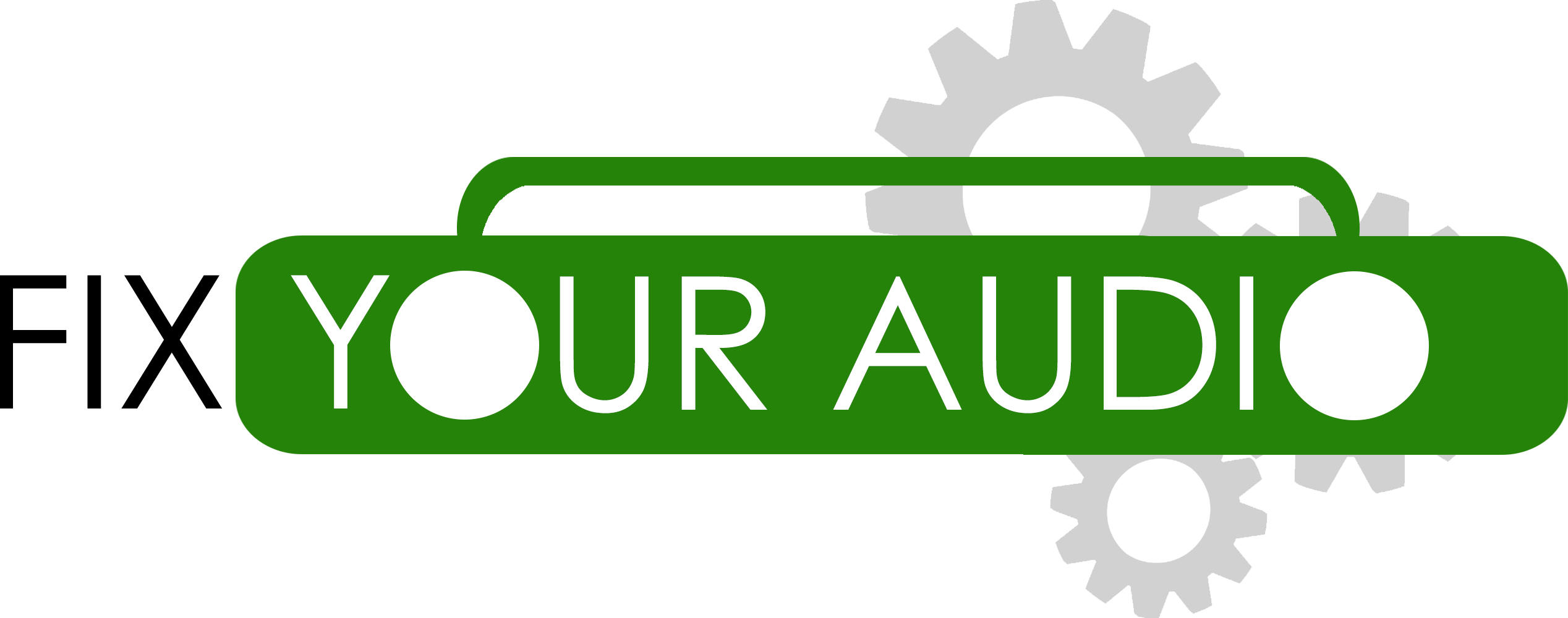Tools needed to perform proper maintanance of audio electronics
Selection of proper tools is very important. Otherwise, damage to device can occur and repair can be difficult. In this article, the most often tools are listed and explained.
Screwdrivers
Use only top quality screwdrivers, otherwise you can damage screw head. Screwdriver is one of the things that is worth to invest. I’ve been using one Vessel screwdriver for more than 10 years, every day, and it still has no signs of wear.
If you cannot release stuck screw, then try to unscrew it while pushing screwdriver towards screw as firmly as possible. This is also the reason why quality screwdriver must be used.
Always select screwdriver with correct tip, usable for given screw.

PH00 screwdriver – Philips type – this one is must if you want to do walkman repairs. Usually this is the only one that you need.

Screwdriver set – the most common sizes used for walkman repairs. For cassette decks you will probably need PH1, PH2…

Special ceramic screwdriver for head position (azimuth) adjustments. It must be made of non-magnetic material.
Handling tools

Blade cutter – to remove insulation from tiny wires, for example.

Hook with handle – to quickly remove pinch rollers from walkmans, without necessity to disassemble whole pinch roller arm.
Cleaning

IPA and cotton wool. Suitable for cleaning of almost everything – head, pinch rollers. Cleans pulleys from remains of old belt. For some sort of plastic it can be aggressive , be careful when cleaning chassis.
Lubrication
High grade watch oil. Use only small drop to lubricate metal parts, like bearings, levers.. Do not use it to lubricate plastic parts. It is important to use oil that dries very slowly, otherwise it will change to sticky substance after some time.
Using “any mineral oil” helps for while, may be several years, but then it will make situation even worse.
Grease – different grease should be used for lubricating metal parts and different for plastic parts. When poor quality grease is used, it can dry and glue parts together.
Measurement tools
It depends on your knowledge and also on how deep you want to go with troubleshooting. Basic tool is multimeter. Advanced tools are oscilloscope, signal generator, quality soundcard.
Drills
Drills are used for repairs, when you need to join two cracked parts together. In this case you can drill small hole to both parts and fix them together with tiny brass wire. I use 0.6 to 0.8 mm for that.

Reamer – used to increase hole diameter a bit. Useful for doing maintenance of plastic gears that are shrunk. You will need special dimensions, like 1.52, 1.99, 2.03 mm, etc.
Wires
Use it to replace old one, or use it as aid for when doing troubleshooting, modifications, etc.
Other tools

Scissors.























